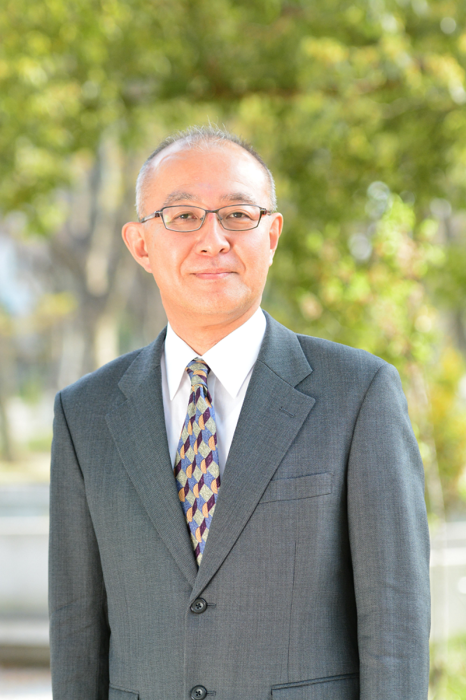Researchers have observed the vortices that form in superfluid helium by blasting silicon nanoparticles at them using laser ablation. The after observing the patterns of light scattering off the silicon nanoparticles Osaka Metropolitan University scientists performed a massive simulation of quantum vortex dynamics which confirmed that the observed nanoparticle swirls and loops were caused by quantum vortices. This work opens up new possibilities in optical research for other quantum properties of superfluid helium, such as the optical manipulation of quantized vortices due to the strong interaction between light and silicon nanoparticles.

Credit: M. Tsubota, OMU
Researchers have observed the vortices that form in superfluid helium by blasting silicon nanoparticles at them using laser ablation. The after observing the patterns of light scattering off the silicon nanoparticles Osaka Metropolitan University scientists performed a massive simulation of quantum vortex dynamics which confirmed that the observed nanoparticle swirls and loops were caused by quantum vortices. This work opens up new possibilities in optical research for other quantum properties of superfluid helium, such as the optical manipulation of quantized vortices due to the strong interaction between light and silicon nanoparticles.
The rules of quantum mechanics may seem very foreign; particles can act like waves and waves can act like particles. Weird quantum behavior is normally only found on a very small scale. However, when certain materials, like helium-4, are cooled to very low temperatures, the “waviness” of the particles has effects apparent even at the macroscopic scales.
“Supercooled” helium is an example of a Bose-Einstein condensation, where the waves representing atoms overlap until the whole fluid acts like a single massive particle. This process has no classical analogue and is a useful system for testing theories of quantum mechanics, because the transition to a superfluid in helium-4 occurs at relatively accessible temperatures. However, there is still a need to be able to visualize the motion of the superfluid.
Now, a researcher team has used silicon nanoparticles to help visualize the features of superfluid helium, similar to skipping stones across a river, to help visualize the flow of water. One of the special properties of superfluid helium is that any rotational motion can only occur in the form of quantized vortices. These are tiny, discrete whirlpools that each carry a fixed amount of angular momentum. The scientists used the nanoparticle “stones” to study the process of vortex reconnection, in which lines of vortices coalesce and exchange their parts. Because the light scatters off the nanoparticles, the vortex lines they are attracted to were clearly visible.
Osaka Metropolitan University researcher Makoto Tsubota led the team simulating the observed behavior of the silicon nanoparticles. “We performed the numerical simulation of quantized vortices fitted to the case of the experiments. The simulated vortices were the same as in observations! This agreement strongly supports that what we actually observed was the motion of quantized vortices,” exclaimed Professor Tsubota.
Moreover, Professor Tsubota noted, “A quantized vortex is a typical example of topological defects. Topological defects appear in various systems like superfluid helium, cold atoms, superconductors, liquid crystal, cosmology, etc. The present discovery will pave a novel way for investigating topological defects in these various systems.”
The article, “Visualization of quantized vortex reconnection enabled by laser ablation,” was published in Science Advances at DOI: https://doi.org/10.1126/sciadv.abn1143.
###
About OMU
Osaka Metropolitan University is a new public university formed by a merger between Osaka City University and Osaka Prefecture University in April 2022. For more science news, see https://www.upc-osaka.ac.jp/new-univ/en-research/, and follow @OsakaMetUniv_en, and search #OMUScience.
Journal
Science Advances
DOI
10.1126/sciadv.abn1143
Method of Research
Experimental study
Subject of Research
Not applicable
Article Title
Visualization of quantized vortex reconnection enabled by laser ablation
Article Publication Date
4-May-2022




